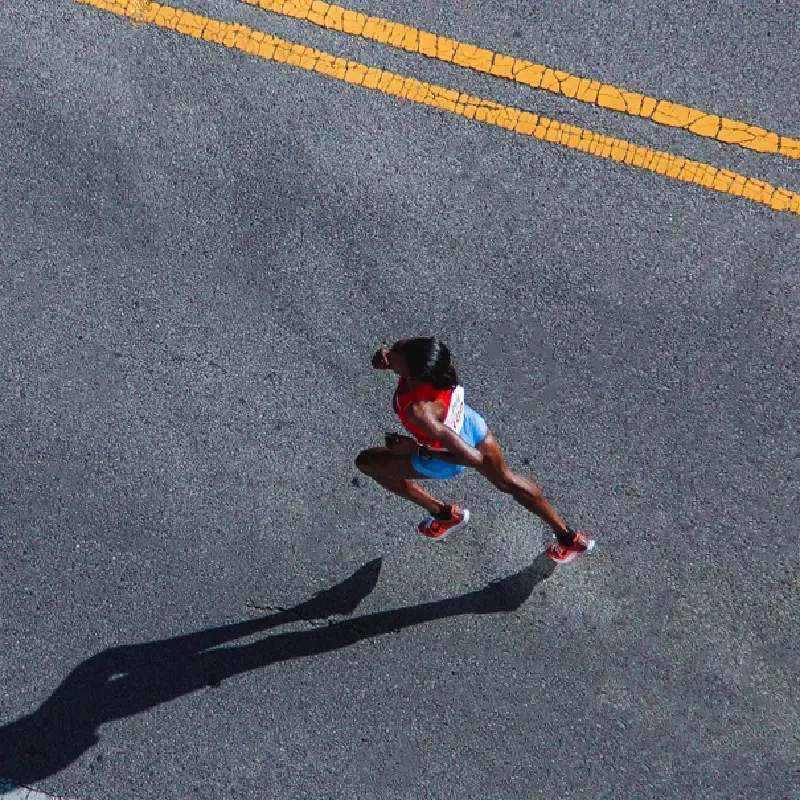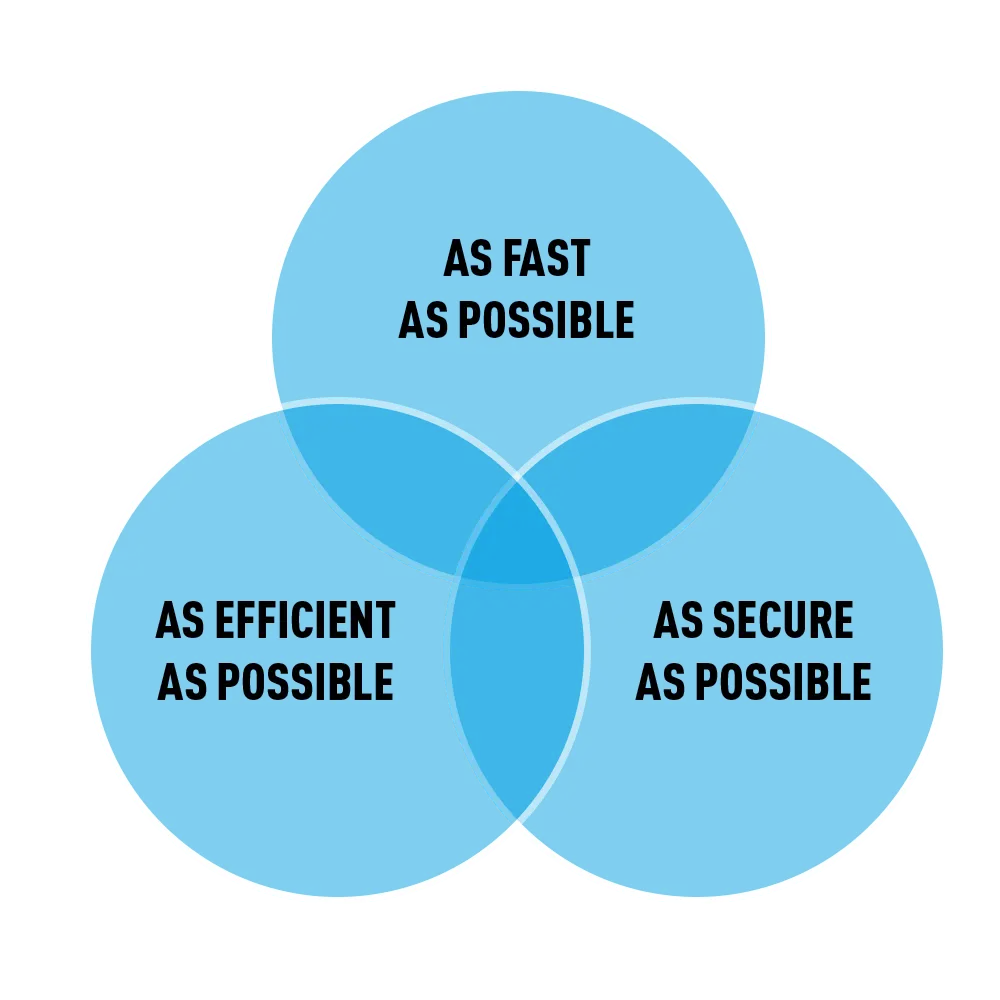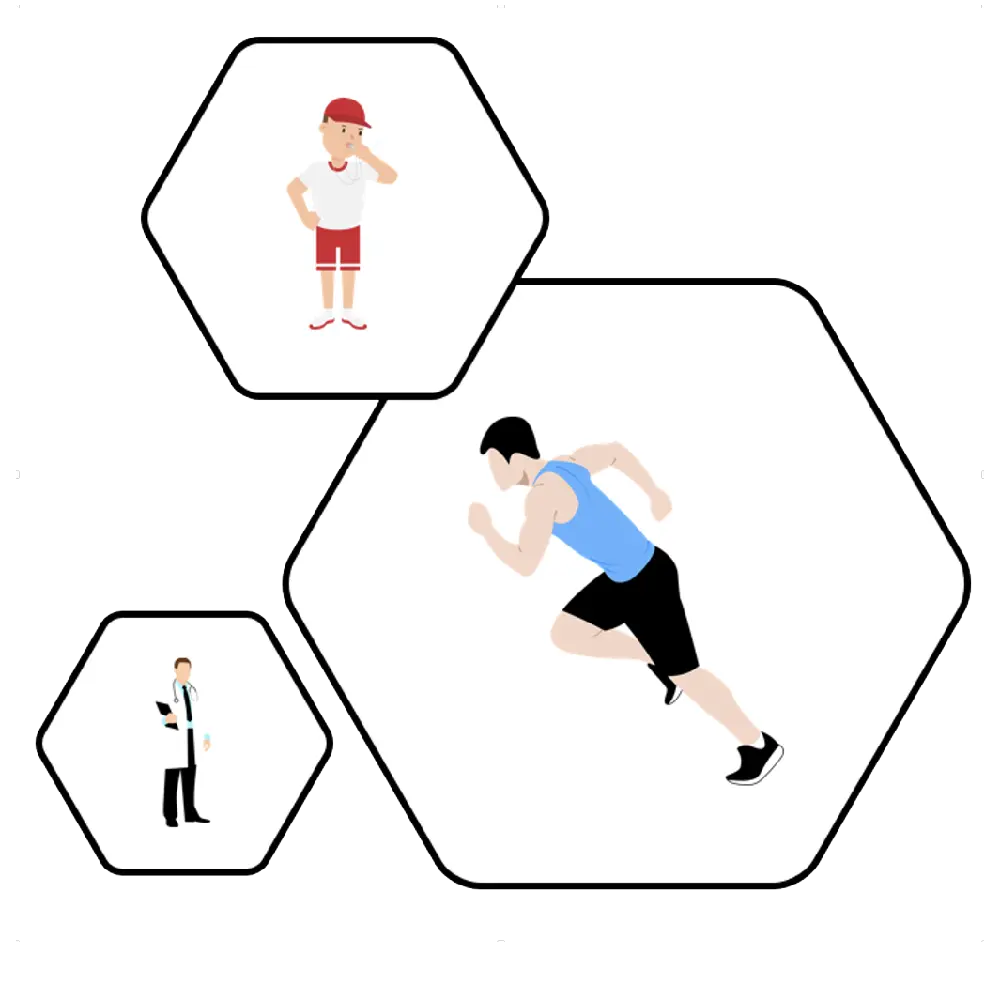Focus on our teacher : Gaëtan HENRY
The CEERRF sets up a hot news every month, it is a focus on its teachers, their expertise or one of their works which are shared here and brought to your attention.

Gaëtan Henry is a liberal physiotherapist who graduated in 2017. Constantly thirsty for knowledge, he quickly turned to teaching.
He now teaches in several IFMKs including the CEERRF and carries out continuing education.
Passionate about sport and physical preparation, he very quickly oriented and specialized a good part of his practice in these themes. He is now the referent physiotherapist of the EACPA athletic club of national stature and has his own structure.
Athlete’s return to sport
During a consultation, one of the first questions that comes from an athletic patient is, “When can I return to sport?” Will I be ready for this goal? His questions, which are sometimes extremely difficult to answer, are an integral part of the treatment process.
As caregivers, we must question ourselves and ask ourselves about the theme of returning to sport and constantly have it in our sights. Stopping sports practice can have significant physical, emotional and even financial consequences on the sports patient.
So what to do and how to optimize the return to sport as much as possible?
A continuum
The return to sport must be considered as something progressive, which is prepared and anticipated. We can define with the sportsman a return to training (return to practice), that is to say a resumption of certain components of the sporting activity, thus a footballer operated on for the cruciate ligaments will first of all resume muscle strengthening, running at relatively slow paces as well as certain technical single-task work considered to have a low risk of recurrence. This return to training can be supervised by the physiotherapist in conjunction with a physical trainer and the trainer.
Gradually, the athlete will progressively take part in activities that are more demanding both physically and cognitively (managing multiple tasks, uncertainty, decision-making) specific to his sport, this is what will be defined as the return to sport (RTS: return to sport). The intensity will be less than in a competitive situation in order to allow the athlete to manage all the constraints relating to his sport in an easier way.
Each stage of this continuum is validated by objective criteria and via the athlete’s approval, healthcare team and even sports entourage, monitoring of the athlete both for his symptoms (pain, fatigue) and certain clinical signs (swelling, amplitude, force) is necessary.
It is only in this way that the return to competition (return to performance), that is to say the return to the pre-injury level (or even better) of the athlete, can be put in place and envisaged.


The triptych of success
This return to performance must consider multiple concomitant parameters that can sometimes contradict each other:
One of these entities can sometimes take precedence over the others, for example an athlete with a major short-term objective could be tempted to favor the fastest and most efficient return possible at the risk of increasing his chances of re-injuring themselves again.
A concerted and multidisciplinary decision
Beyond the athlete’s health, other issues can interfere in the decision-making process for returning to sport.
These issues can be competitive, the coach, the team, and above all the athlete himself could be motivated by a return to a rapid competitive level, or even economic (if the athlete lives from his sport, pressure from sponsors, of his club).
The medical staff meanwhile will want to refocus the health of the athlete at the heart of this decision-making and will prioritize a return as safe as possible.
All the actors must be concerted and taken into account in this process, however it will be the athlete himself who will remain at the center and the main actor in his recovery.
As physiotherapists, we must take all of these parameters into account in our rehabilitation in order to best help our patients to meet their set objectives.
References :
Creighton DW, Shrier I, Shultz R, et al. Return-toplay in sport: a decision-based model. Clin J SportMed 2010;20:379–85
Ardern CL, Glasgow P, Schneiders A, et al 2016 Consensus statement on return to sport from the First World Congress in Sports Physical Therapy, BernBritish Journal of Sports Medicine 2016;50:853-864.
Mc Auliffe, S., Synott, A., Casey, H., Mc Creesh, K., Purtill, H., & O’Sullivan, K. (2017). Beyond the tendon: experiences and perceptions of people with persistent Achilles tendinopathy. Musculoskeletal Science and Practice, 29, 108-114.
Bisciotti, G. N., Volpi, P., Alberti, G., Aprato, A., Artina, M., Auci, A., … & Chamari, K. (2019). Italian consensus statement (2020) on return to play after lower limb muscle injury in football (soccer). BMJ Open Sport & Exercise Medicine, 5(1), e000505.


